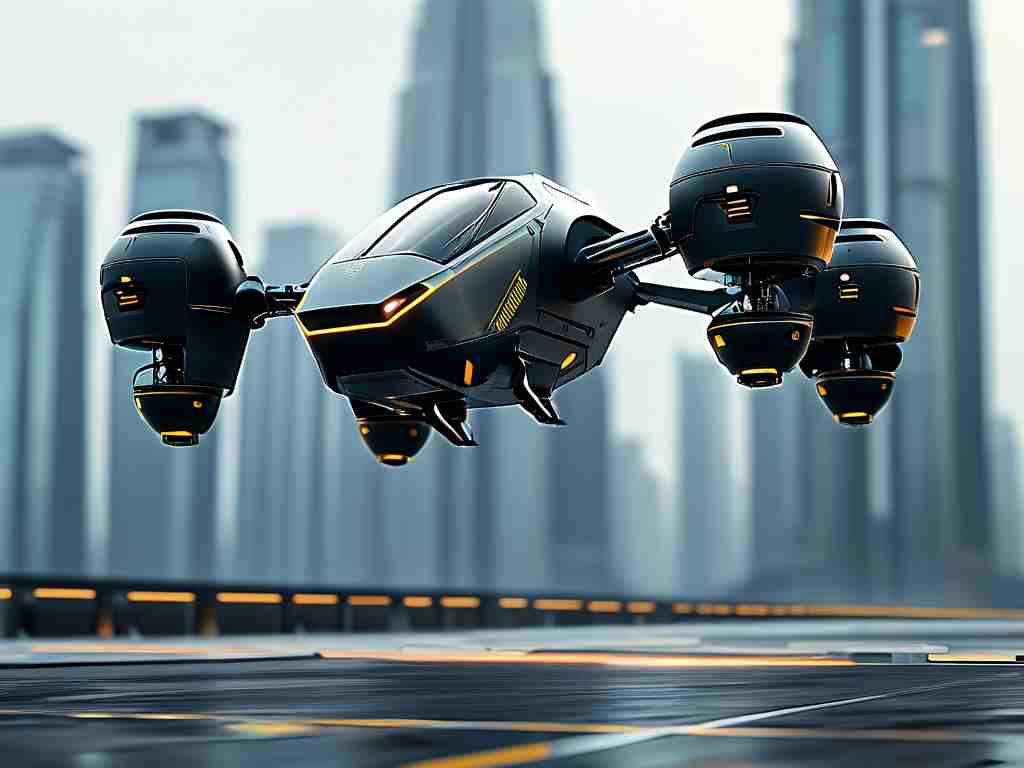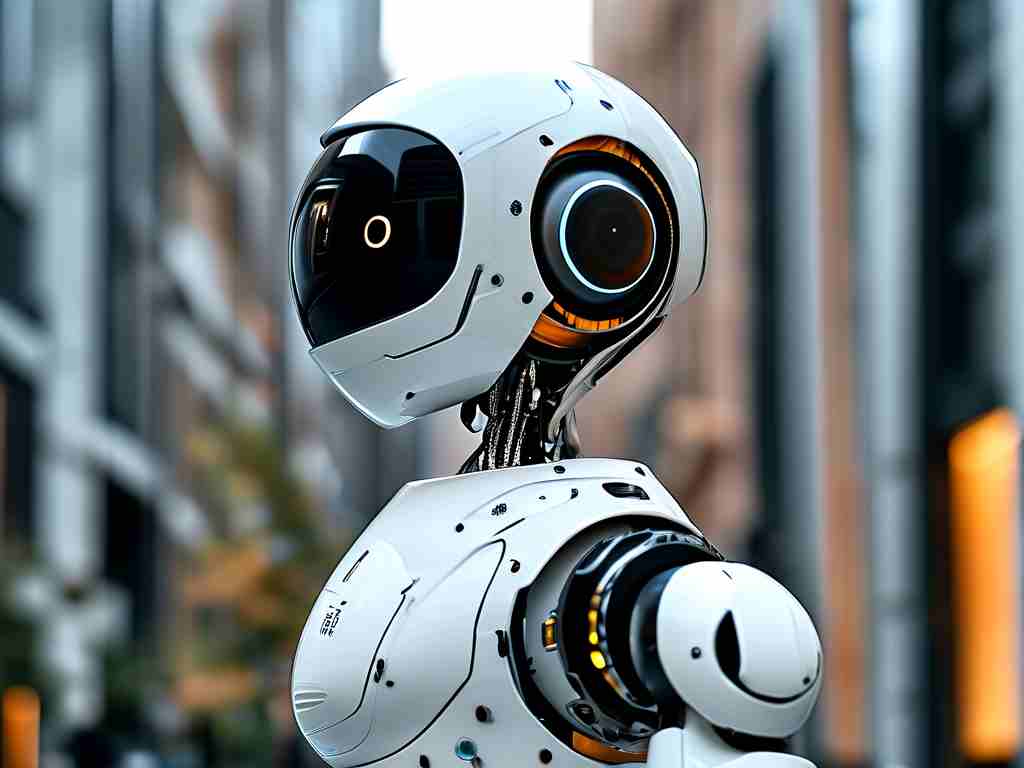Guangqi Technology, a pioneer in advanced aerospace solutions, has recently unveiled its groundbreaking flying robots, marking a transformative leap in autonomous aerial systems. These cutting-edge machines blend artificial intelligence, lightweight materials, and adaptive propulsion technologies to redefine industrial and commercial applications.

The core innovation lies in Guangqi’s proprietary "MetaWing" design, which integrates metamaterials to achieve unprecedented aerodynamic efficiency. Unlike conventional drones, these flying robots mimic biological flight patterns observed in birds and insects, enabling smoother maneuverability in complex environments. For instance, during field tests in mountainous regions, the robots demonstrated the ability to navigate narrow gaps and withstand sudden wind shifts—a feat unattainable with traditional rotor-based systems.
One standout feature is the AI-driven decision-making framework. Equipped with multispectral sensors and real-time data processors, Guangqi’s robots autonomously adjust flight paths while prioritizing energy conservation. In logistics, this capability allows seamless delivery of medical supplies to remote areas without human intervention. A pilot project in Guangdong Province showcased a 40% reduction in delivery times for emergency vaccines, highlighting the system’s reliability.
Another critical advancement is the energy infrastructure. By utilizing hybrid solid-state batteries and solar-recharging panels, Guangqi’s robots achieve up to 12 hours of continuous flight—double the industry average. This endurance is vital for applications like agricultural monitoring, where drones must cover vast farmlands while analyzing crop health. Farmers using these systems report a 25% decrease in pesticide usage due to precision targeting enabled by hyperspectral imaging.
Security and surveillance sectors also benefit. Guangqi’s stealth-mode technology minimizes radar detection, making the robots ideal for border patrols or disaster response. During a recent typhoon rescue operation, a fleet of these machines located stranded civilians using thermal signatures, relaying coordinates to rescue teams within seconds. Such responsiveness underscores their potential in life-critical scenarios.
Despite these achievements, challenges remain. Regulatory hurdles for beyond-visual-line-of-sight (BVLOS) operations and public concerns over data privacy require ongoing dialogue. Guangqi’s collaboration with policymakers aims to establish standardized protocols, ensuring safe integration into urban airspace.
Looking ahead, Guangqi plans to expand its robotics ecosystem by partnering with smart-city developers. Imagine flying robots managing traffic flow, inspecting skyscrapers, or even assisting in 5G network deployment—all while operating in swarms for synchronized tasks. With prototypes already undergoing stress tests, this vision inches closer to reality.
In summary, Guangqi Technology’s flying robots are not merely incremental upgrades but a paradigm shift in aerial automation. By merging biomimicry, AI, and sustainable energy, they pave the way for smarter, safer, and more efficient industries. As these machines take to the skies, they carry with them the promise of a future where technology and humanity soar together.









